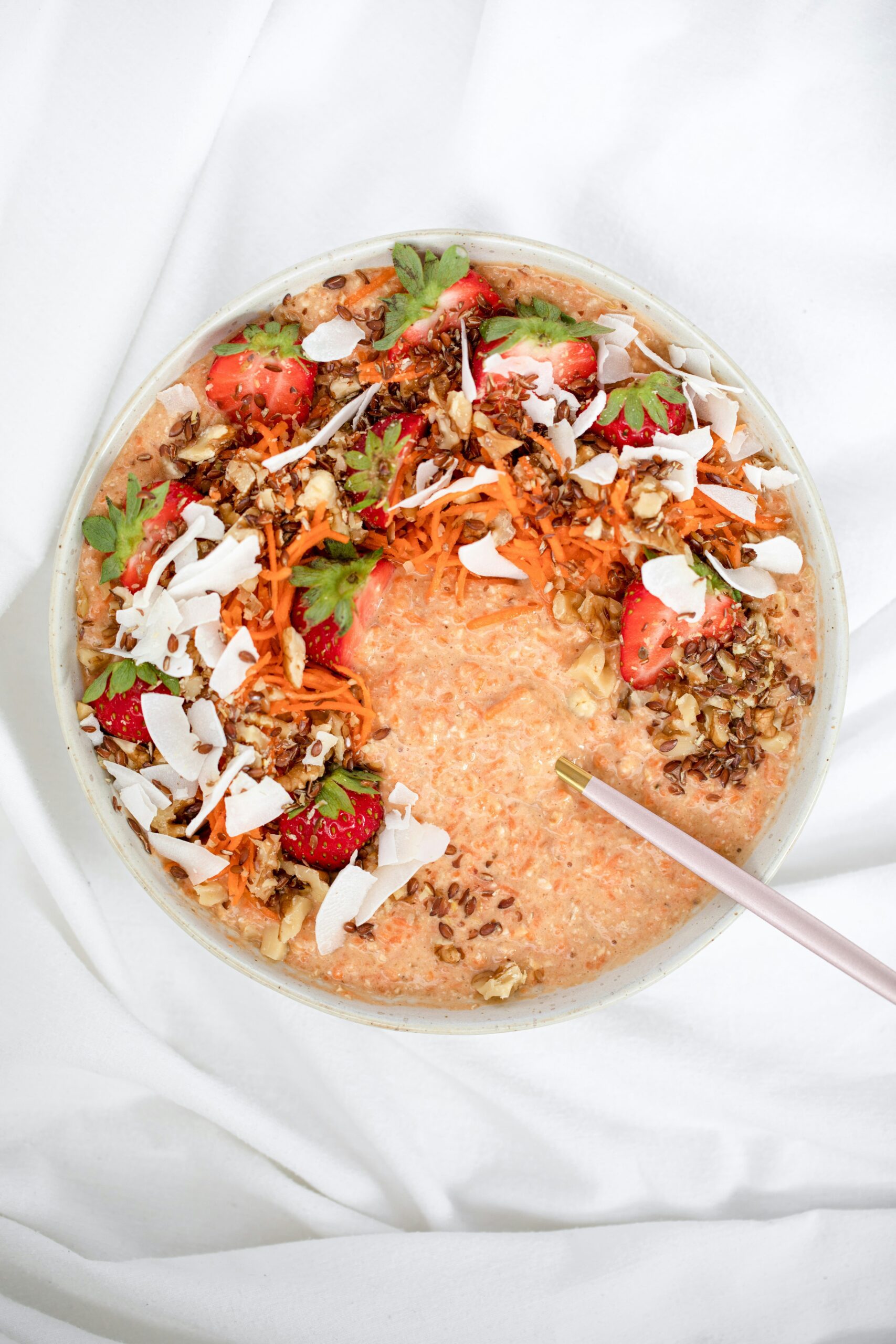

Introduction to Food Blogging
Food blogging is more than just sharing recipes; it’s about crafting a narrative that tantalizes taste buds and sparks curiosity. If you’ve ever found yourself daydreaming about your next meal or scrolling through mouth-watering images on social media, you know the power of food content. Whether you’re a seasoned chef or an enthusiastic home cook, writing captivating articles can set your blog apart from the rest.
Imagine readers not only enjoying what they eat but also connecting with you through every dish. The secret lies in storytelling—transforming ordinary ingredients into extraordinary experiences. Here’s how to elevate your food blog and keep readers coming back for seconds.
Understanding Your Audience and Niche
To create content that resonates, start by knowing who your audience is. Are they home cooks looking for quick recipes or gourmet chefs seeking inspiration? Identifying their preferences can shape your writing.
Dive into social media platforms and forums relevant to foodies. Observe what excites them—trending dishes, dietary concerns, or culinary techniques. This insight helps tailor your posts effectively.
Next, grab a notebook and jot down specific niches within the food blogging world. You might focus on vegan meals, gluten-free baking, or exploring international cuisines. The more defined your niche, the clearer your voice becomes.
Understanding these elements fosters a connection with readers. They’ll feel like you’re speaking directly to them—a powerful way to build loyalty and engagement around your blog’s brand.
Choosing a Unique Angle for Your Content
Finding a unique angle for your food blog is crucial. It sets you apart in a crowded space. Think about what excites you most about cooking or eating.
Maybe it’s exploring lesser-known cuisines or focusing on health-conscious recipes. Whatever it is, embrace that passion and let it shine through your content.
Consider combining themes too. For instance, merge travel with local dishes from around the world. This approach adds depth to your narratives.
You can also experiment with formats—like storytelling combined with how-to guides or interviews with home cooks who inspire you.
Your perspective matters immensely; readers will connect more deeply when they see authenticity in your voice. Personal experiences make every recipe memorable and relatable.
Keep pushing boundaries, and don’t be afraid to share unconventional ideas or ingredients that intrigue you! Your unique angle could very well become your signature style.
Incorporating Personal Stories and Experiences
Personal stories can transform a good food blog into something unforgettable. They create a connection between you and your readers. Sharing your journey through various recipes or culinary experiences adds depth to your writing.
Consider moments when you tried a new dish with family or friends. Describe the atmosphere, the flavors, and how it made you feel. Readers appreciate these glimpses into real life.
Your unique perspective is what sets you apart in the food blogging world. Everyone has their own kitchen adventures filled with trials and triumphs. Highlighting those moments invites others to relate and engage.
Don’t shy away from vulnerability, either! Share failures alongside victories; they make for relatable content that resonates deeply with your audience. These experiences offer authenticity that polished prose simply cannot capture, drawing more people to your posts over time.
Experimenting with Different Writing Styles
Experimentation can breathe life into your food blog. Try different writing styles to discover what resonates with you and your audience.
Consider the narrative approach. Telling a story about a dish or an event can draw readers in, making them feel connected to your experience.
Descriptive writing is another avenue worth exploring. Use vivid imagery that makes flavors pop off the page. Engage all senses—sight, smell, taste—to transport readers right to the dining table.
Conversational tones can also work wonders. Write as if you’re chatting with a friend over coffee, sharing tips and secrets without pretension.
Don’t shy away from humor either; light-hearted anecdotes make for memorable reading moments. Experimenting lets you refine your voice and keeps content fresh while maintaining engagement through variety. Each style has its place—you just have to find yours!
Consistency is Key: Maintaining a Regular Posting
Consistency is essential in the world of food blogging. Your readers appreciate knowing when to expect new content, and regular posting builds trust. It creates a rhythm that keeps them coming back for more.
Set a realistic schedule based on your lifestyle. Whether it’s weekly, bi-weekly, or monthly, find what works for you and stick to it. Creating a content calendar can help streamline your process and ensure you’re covering diverse topics.
Don’t let perfection hold you back either. It’s better to share thoughtful but imperfect posts than to wait ages for something flawless. Your audience values authenticity over unattainable perfection.
Engage with your followers during your posting journey. Ask for their input on future articles or recipes they’d love to see featured next time. This not only boosts interaction but also makes them feel invested in your blog’s growth.
As you build consistency into your routine, you’ll notice an increase in engagement and community around your blog. Readers will look forward to each post like they would a favorite dish at their local restaurant—something comforting and familiar yet still exciting every time it’s served up fresh!
